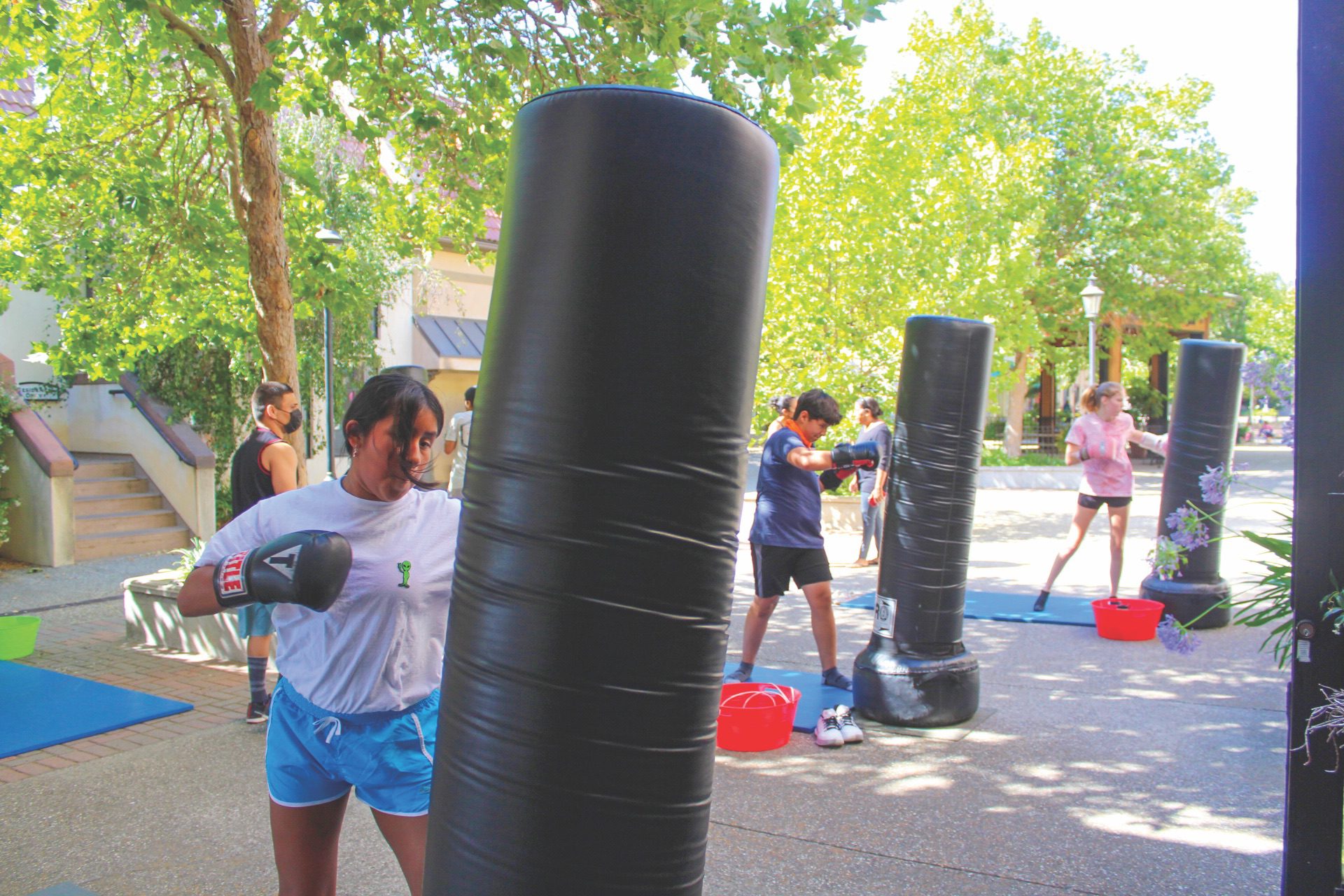You’re Doing Well, For Your Age
By James Riley
A petite, 84-year-old woman, a regular in my fitness class, lamented as she arrived, “I had my annual physical yesterday and all went well until I was informed by the doctor that I had osteopenia, which he explained as the stage of bone loss milder than osteoporosis.”
She then smiled and said, “The doctor then explained that I was in the normal range on bone density, for my age.”
During my last physical the doctor said all the data indicated I was doing well — for my age, a comment I heard before I was prepared.
“Doctor, just what do you mean by “for my age?”
He politely explained that as we age, the standards for being healthy gradually lower as we progress through our life cycle because we are being compared to the range of others in our age group. I was informed this decline is supported by much data collected over time and accurately predicts our performance due to the aging process.
However, this data does provide an accurate picture of what happens to many seniors over time. It has often led to the expectation we are doomed to become more frail and sickly as we age. Too often this becomes a self-fulfilling expectation. Perhaps the data more accurately reflects the lack of frequent movement as prevalent in our modern world, caused by an inactive lifestyle leading to many chronic and debilitating conditions.
It is true that as we age the probability increases of getting most chronic diseases such as high blood pressure, heart disease, back, hip and knee problems and diabetes, but such regression in health is not inevitable. The data records what is, but perhaps we should reach for what could be — if we got out of our inactive, sitting lifestyle and moved well and often. Perhaps the data more accurately reflects a disease I call stagnation, caused by a lack of activity in our modern world of easy living.
There is much support for a conclusion that inactivity causes the physical decline and chronic diseases that many seniors experience.
Here are some ideas, supported by research, that will increase your health and fitness levels and improve the chances of remaining active and healthy well into our senior years. They are listed in prioritized order.
– Move often throughout the day.
Movement burns calories, lowers blood pressure, lubricates joints, reduces stress, and improves circulation and brain health. Standing up, walking and doing menial tasks are all beneficial non-intensive movement that if done periodically through the day, provide great health benefits. Prolonged, non-intensive activity is the most important and beneficial activity for health and fitness.
– Improve your mobility and alignment.
No exercise program will help if poor alignment and movement habits prevail. As we age, the stress accumulated over time in our joints and fascia caused by poor quality movement and alignment will express itself as pain. In time, our body shouts at us with pain we can’t ignore.
To fix the pain we have to fix the movement and postural habits. A well aligned and mobile body is better able to bear stress and move with fluidity and grace. If you are not familiar with how to improve you posture and mobility it is recommended to take a class that teaches those skills such as, Pilates, Yoga, or a functional fitness class.
– Participate in strength training two to three days per week.
Loss of muscle mass is one of the main factors associated with aging. Age-related loss of muscle contributes to less strength, increased frailty and a higher risk of injury. By performing resistance training you maintain muscle mass, health of connective tissue and bone density. Strength training will also increase your basal metabolic rate, allowing you to burn more calories at rest. Strength training should focus on the hips, legs and shoulders, the large muscles that help us stand with good posture.
– Perform moderate to intensive physical activity for at least 150 minutes per week.
Pick activities you enjoy such as hiking, biking, tennis or cardio workouts. The 150 minutes goal is recommended by government health agencies and many fitness, health and medical organizations.
Exercise is the closest thing to the fountain of youth that is available to us. Moving often throughout the day, adding some strength and cardio training, and improving posture and mobility may greatly improve your health, fitness and your joy of life.
James Riley of Solvang is a certified strength and conditioning coach and a level-one Olympic Lifting Coach. He holds a B.A in physical education, M.A. in psychology and a doctorate in education.






